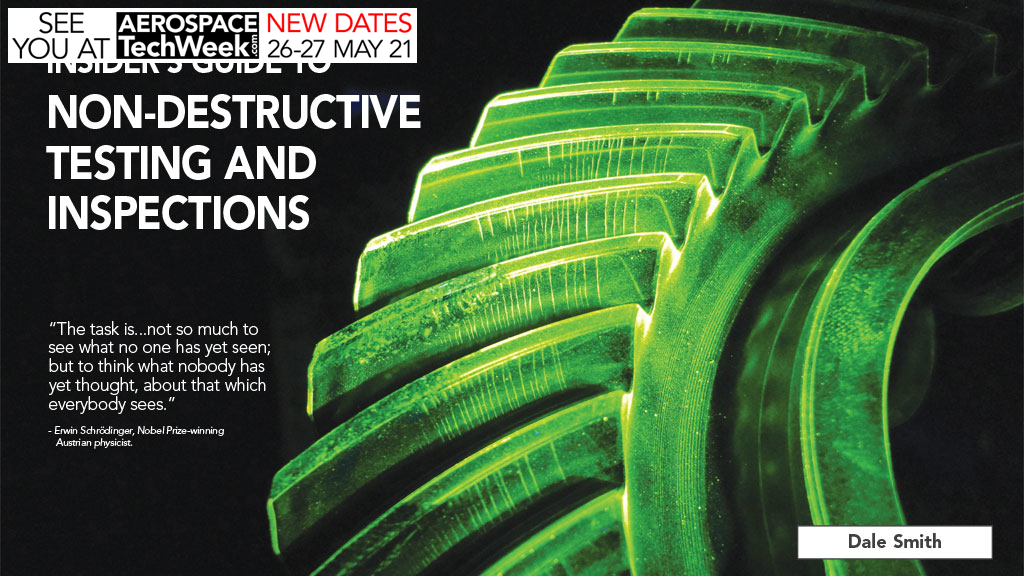With global passenger traffic still reeling from the COVID-19 pandemic, it’s painfully obvious that airlines are going to be postponing aircraft replacements well into 2021 and beyond. That means that the current fleet is going to be extended beyond their operator’s original plans.
As a result of operators putting higher and higher usage demands on their aircraft, nondestructive inspections (NDI) and nondestructive testing (NDT) are going to play an increasingly important role in every phase of airframe and engine maintenance. Keeping one step ahead of critical wear will be key to keeping these aircraft flying and their passengers safe.
With this increasing emphasis on NDI and NDT, the editors at Aviation Maintenance felt it was a good time to contact the FAA to get the agency’s perspective. For NDT industry insights we also talked with aerospace NDT service provider Testia’s (an Airbus Company) chief commercial officer, Teddy Canadas, and marketing manager, Adrian Coronel.

Before we get into the meat of our NDI/NDT Q&A, let’s start by defining what nondestructive inspections and nondestructive testing are.
“The differences between the two concepts may not be easy to see for people outside the professional perimeter of NDT. Let’s put some light on the subject starting from the basics,” Coronel explains. “Nondestructive testing is defined by the American Society for Nondestructive Testing as, ‘The determination of the physical condition of an object without affecting that object’s ability to fulfill its intended function.’”
“Nondestructive inspections define the maximum size of life-limiting defects that could be present at a given time. Inspection requirements are determined by the anticipated service loads, the desired service life, and by the damage tolerance designed into the structure,” he adds. “Thanks to these two definitions we can say that NDT means applying different methods to achieve the physical condition’s determination in a repeatable way. The different methods could be ultrasonic, eddy current, magnetic particles, etc.”
“Nondestructive inspections refers to the act of applying those methods (UT, ET, etc.) to specific specimens following specifics parameters and requirements to detect and measure defects, then report it following a specific procedure to be compliant with regulations,” Coronel concludes.
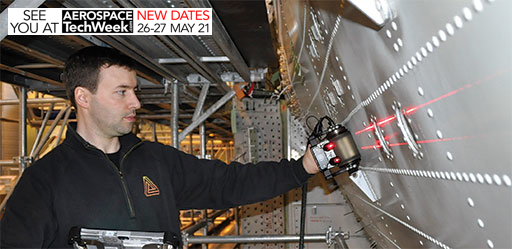
What, if any, impact has the Southwest Airlines’ engine blade failure had on the FAA’s requirements for NDI/NDT processes and training?
FAA spokesperson:
Operators of CFM International, CFM 56-7B engine models must comply with Airworthiness Directive, AD 2018-26-01 dated Jan 10, 2019. The AD requires a reduced initial inspection interval and a repetitive inspection interval every 1,600 hours of the fan blade dovetail concave and convex sides using Ultrasonic inspections (USI) or Eddy Current inspection (ECI) methods. If a fault is found, the fan blade is replaced prior to further flight. Trained and qualified personnel are required to perform the Ultrasound or Eddy Current Inspections.
Coronel:
The authorities released an Emergency Airworthiness Directive #2018-09-51 on April 20, 2018, that describes procedures for performing an ultrasonic inspection for cracks of the fan blade dovetail and removal of cracked fan blades from service.
Due to this tragedy, the authorities recommended increasing the frequency of inspections, but they didn’t suggest any changes to the procedure or parameters, which makes us conclude that the processes and training are still considered sufficient to ensure safety.
How have the FAA’s requirements for NDI/NDT training and facility authorization/approvals changed over the past five years?
FAA spokesperson:
The FAA’s requirements for NDI/NDT training and facility authorization/approvals have not changed very much over the past five years. While regulations do not specifically define requirements for organizations that accomplish NDIs, multiple regulations that have been in place (e.g., Title 14 of the Code of Federal Regulations (14 CFR) part 121, § 121.375 and part 145, § 145.163) require certificate holders to have training programs to ensure that employees who perform maintenance/inspections are trained and qualified.
Additionally, per § 121.367, a certificate holder must ensure that it provides competent personnel and adequate facilities to properly perform maintenance. There is no specific national standard in the United States for NDI/NDT training; however, there are industry and international standards acceptable to the FAA that are used to establish training programs.
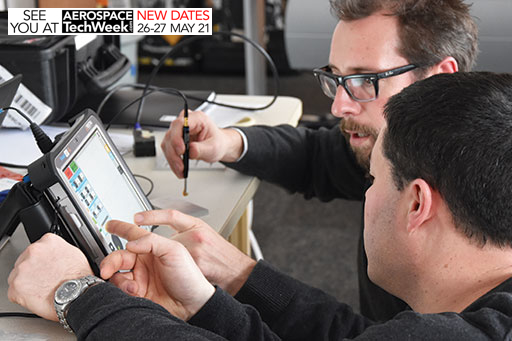
Testia calls their Smart UE1 product “the Swiss-army knife of NDT inspectors.” They say this wireless, light-weight device (2kg) offers both ultrasonic and eddy current testing capabilities in a single device. Testia image.
Coronel:
It is very difficult to make an assessment on the topic, because aerospace regulations and procedures are constantly evolving over the years. Once this context is set up, we would say that the NDT training and approvals are always at the very edge of the NDT “state of the art”, which means that the knowledge transmitted and the technologic infrastructure to train new inspectors is considered updated and sufficient by authorities. Let’s not forget that all activity is under close oversight of international authorities (ICAO), national authorities (FAA, EASA), local authorities, and NDT associations like ASNT.
As evidence of this, you can consult the FAA Memo “Qualification standards for nondestructive testing” issued on 6/2007 by AIR-200, AFS-300, The National Resource Specialist for Nondestructive Testing and the Chief Scientific and Technical Advisor for Nondestructive Evaluation.
Will the recent long-term grounding of so many of the world’s commercial aircraft have any impact on the FAA’s requirements for more frequent nondestructive inspections of critical airframe and engine components?
FAA spokesperson:
Air Carrier airplanes, affected by long term grounding orders, are placed in a preservation/storage program that requires numerous tasks that protect the airplane from environmental conditions and damage while not in service. When an airplane is brought out of a preservation/storage program, another series of de-preservation tasks are performed to prepare the airplane for its return to service and airworthiness requirements.
The only time an NDI/NDT would be performed prior to return to service is if an NDI/NDT inspection task is due or past due and the particular NDI/NDT inspection is required to be accomplished prior to the airplane’s return to service in an airworthy condition.
Coronel:
Not at all, in fact, the approach is in the other way around. FAA issued a document called, “Flexibilities for Managing Scheduled Maintenance Requirements Due to the COVID-19 Public Health Emergency.” It describes how operators subjected to a Continuous Airworthiness Maintenance Program (CAMP) can request short-term escalations (STE) to gain flexibility to manage the scheduled maintenance intervals, while continuing to ensure the airworthiness of the aircraft. The FAA only provides STE authorization to CAMP operators through the issuance of an Operations Specification (OpSpec) or Management specification (MSpec).
Operators who are authorized to exercise STEs are able to use short-term escalation procedures to extend maintenance intervals temporarily for aircraft, powerplant, systems, or other selected items. They may request Principal Inspector (PI) approval to be able to exceed certain limitations of their current STE program if needed.
In short, this means that all operators can alter their maintenance & inspection program in maximum of 30-percent of the current schedule and this cannot be applicable on a fleet-wide basis. It is only applicable case-by-case. So, there is no evidence of FAA asking operators for more frequent nondestructive inspection different from the already stated in maintenance documentation.
With the growing use of 3D printed parts in aviation, how has the FAA amended NDI/NDT guidelines for these new-generation parts?
FAA spokesperson:
The FAA is working with industry, academia, and other state and federal agencies to develop consent standards for the manufacture, certification, and inspection of additively manufactured parts.
Coronel:
Both authorities [FAA and EASA] are intensively working with Agencies, OEMs, and Tier1suppliers to optimize NDT evaluation techniques to set more certification & qualifications standards. In 2016, the FAA issued a report on the outcomes of a workshop dedicated to Certification/Qualification of AM [additive manufactured] parts.
In one report the National Aeronautics and Space Administration (NASA), stated that the current additive manufacturing standards are very limited, and this lack is an industry-wide issue. For instance, NASA requires NDT at the “Raw Part Inspection” step, then once again at the “Final inspection/Acceptance” step.
Quality assurance and NDE procedures were also cited on the report as a significant challenge. Nearnet or finished shapes, complex geometries, and as-built, or even post-processed, surface finishes were all cited as challenges for inspection. Many parts may require sophisticated volume inspections, such as computed tomography, augmented by actual cutups.
In 2019 EASA and FAA organized a workshop to continue this effort. The main outcome regarding NDT, is that it is considered key activity to descript unexpected defects, root cause, detection, and validation of acceptance limits.
To summarize, FAA & EASA are collaborating with main players to review the advances and inspection improvements on a case-by-case basis; while at the same time working to achieve industrial escalation on a safe, traceable all across the industry.
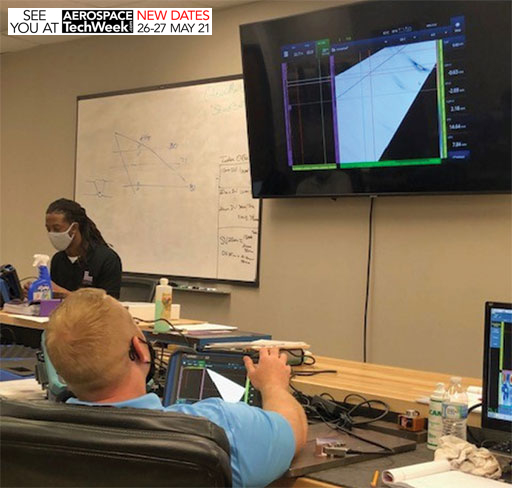
NDT technicians use OmniScan X3 flaw detectors during a PAUT class at Lavender International’s training facility in Houston, Texas.
Olympus and Lavender Collaborate to Support Advanced NDT Training
Olympus has provided its new OmniScan X3 phased array flaw detectors with full matrix capture (FMC) and total focusing method (TFM) to Lavender International’s U. S. facility to support their advanced training courses. Lavender is an NDT training provider, offering courses in NDT techniques for internationally-recognized central and employer-based certification programs at their training facility in Houston. They were one of the first to provide a high-temperature hydrogen attack (HTHA) detection training course designed to educate experienced technicians to more reliably detect the early stages of HTHA. Lavender says they also offer other advanced NDT courses in time-of-flight diffraction (TOFD), phased array ultrasonic testing (PAUT) and manual ultrasonic testing (MUT).
With this collaboration, Lavender and Olympus hope to help ensure that the next generation of inspectors are equipped with the latest technology and knowledge to become experts in full matrix capture (FMC) and total focusing method (TFM) techniques, they say.
“We’re excited to provide Lavender International with new OmniScan X3 flaw detectors with FMC/TFM to continue supporting their global training requirements,” says Steven Berube, executive director of Global NDT Sales and Marketing at Olympus. “Lavender has been an Olympus Training Academy member since 2004 and continues to use the OmniScan flaw detectors as part of their advanced phased array and TOFD course syllabus. Our collaboration has proven to be an excellent support for various industries and inspection service providers as OmniScan flaw detectors are some of the most widely-used PAUT instruments in the world.”
“We are pleased to be an Olympus Training Academy member and will continue to invest considerably in technical equipment to ensure that the Lavender training experience continues to be of the highest quality at our US and UK training centers and satisfies the demand for new NDT inspection technology,” adds Tim Armitt, managing director at Lavender International.
What should an operator look for in a third-party NDI/NDT provider(s)?
FAA spokesperson:
There are five recommended elements used to assess an organization’s ability to perform NDI functions. When choosing a third party NNDI provider, they should look for five elements of the NDI organization. These five elements comprise a systematic NDI evaluation process that can be used to evaluate any NDI organization, from manufacturing to maintenance. Here is a list of those five elements:
Documentation. Documentation pertains to written procedures, processes, specifications, and/or methods that air operators or air agencies use to perform and control NDI activities.
Organization. A corporation or other similar entity established to provide or receive NDI services.
Environment. The general physical condition of the NDI facility (e.g., housekeeping, storage, safety, consumable management, equipment);
Calibration. The process by which an item is checked against a standard.
Training. Training ensures that NDI inspectors are qualified to perform NDIs. An NDI organization should maintain records in order to document the training and retraining of NDI personnel, including the methods used.
These five elements represent the underlying system that an NDI organization needs to have in place for satisfactory NDI operations.
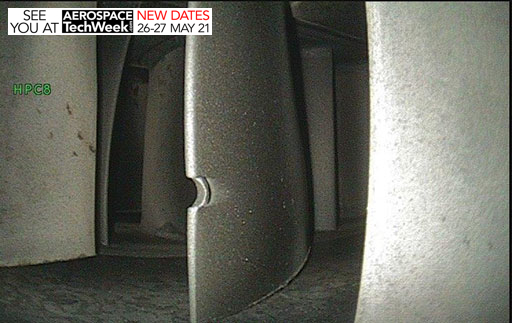
Coronel:
In this context airworthiness and safety are top priorities, so the trusted and certified capabilities would be the first thing to look at. The second one should be global footprint because working with a provider that can reach operators’ international maintenance sites will increase efficiency and savings.
Last but not least, we would recommend looking for full “360-degree” service providers that can inspect, train and provide aero-specific inspection tools. The reason behind is to build turnkey packages that are fully adapted to customer needs. This enables to find the best Make vs. Buy strategy and to introduce significant OPEX & CAPEX savings.
For instance, this is what Testia does by complementing inspectors with combo inspection-tools (like the famous 8-in-1 SmartUE1), tasks-specific tools (like the ThicknessTool bringing 95-percent savings), or Go-NoGo devises (like the CladTool, allowing an A&P to quickly perform a clad inspection without chemicals).
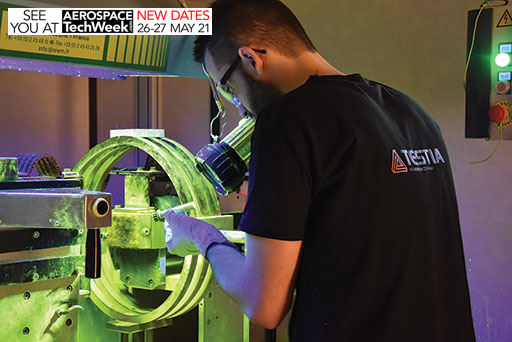
What would you say is the biggest misconception that owner/operators have regarding airframe or engine NDI/NDT practices?
FAA spokesperson:
The biggest misconception that owners/operators have regarding airframe and powerplant NDI practices is that when using a third party contracted service, the responsibility for the airworthiness of the airframes, powerplants, and components have shifted to that third party contracted service performing NDI. It is not the owner/operators who always retain the responsibility for airworthiness.
Canadas:
Probably, the potential lack of awareness about the strategic importance of NDT for business. Would that be for operators or MROs, NDT often comes as a bottleneck. An AOG or an un-expected inspection never comes when we expect it. So, resources are often limited, while many different skills, and tooling have to be maintained to ensure preparedness in case of need.
However, by putting the right strategic attention into this field, maintenance and operations managers can generate both savings and overflow flexibility, through the right balance of subcontracting and inspection devices.
NDT is currently developed, applied, and controlled by authorities by a sufficiency approach. It would be key for operators to see the big picture of NDT by leveraging constant innovations and trusted partners.
This is the DNA of Testia to support this overall approach in many different ways. From the inspection workforce, training, and tools to Research & Development projects. With a constant and uncompromised focus on keeping aircraft flying safely and bringing efficiency to the business.
